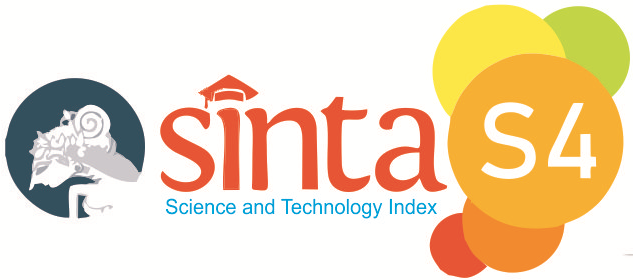ANALISIS KESULITAN BELAJAR BERDASARKAN GAYA BERPIKIR SISWA MELALUI PENDEKATAN MATEMATIKA REALISTIK (PMRI) BERBANTUKAN KERTAS BERWARNA
DOI:
https://doi.org/10.32332/linear.v1i1.2208Keywords:
Realistic Mathematical Approach, Thinking Style, Colored PaperAbstract
The purpose of this study was to determine student thinking styles in solving mathematical problems in integer count operations material through the Realistic Mathematical Approach (PMRI) assisted by colored paper media. This research method is a qualitative method. Data collection instruments using test, observation and documentation. Learning at the primary school level tends to be textbook oriented and conventional so that it requires student learning innovation that can facilitate mathematics learning. The realistic mathematics approach (PMRI) is one of the innovations that connect student real world with learning mathematics in solving mathematical problems. In the world of education, the characteristics of students' thinking styles in learning are not taken into account, which should be considered in learning. Peaget's development theory states that elementary school students fall into the category of concrete operations stages so that researchers use colored paper media to assist students in understanding the operations of addition and subtraction of integers.

















